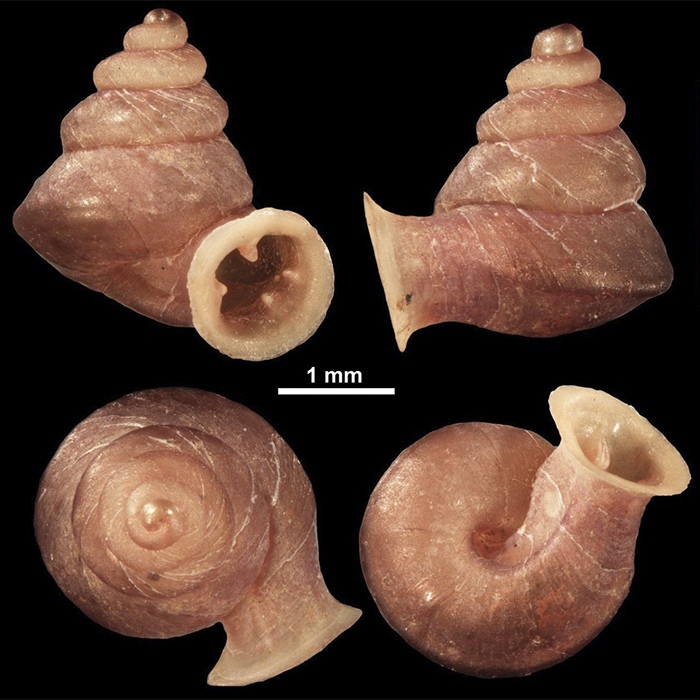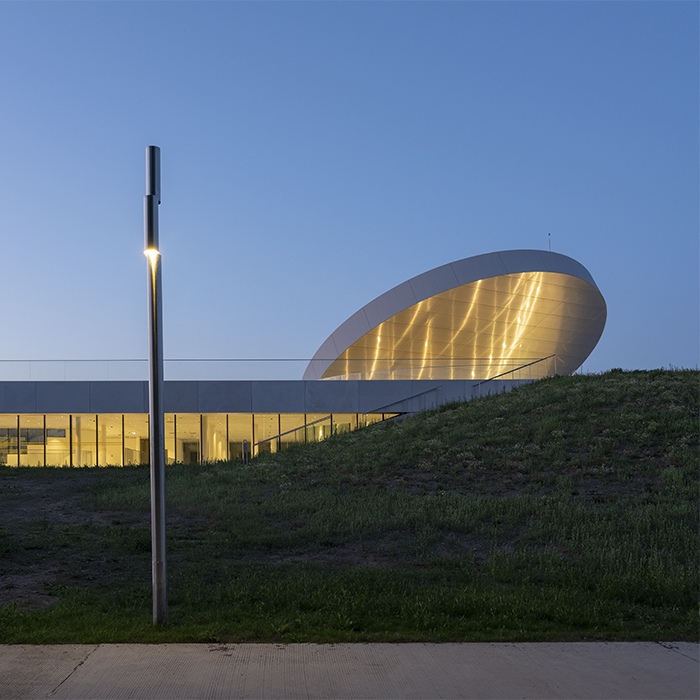and lessons that define our identities.
A Collection of Our Interviews
Science
In the misty limestone karsts of Southeast Asia, an extraordinary discovery has emerged: a tiny architect with a flair for the avant-garde. Meet Anauchen picasso, a 3-millimeter snail whose shell defies conventional design with its sharply angular, rectangular whorls reminiscent of the great cubist master’s revolutionary art. Discovered by an international team of malacologists led by Serbian PhD student Vukašin Gojšina and Hungarian advisor Barna Páll-Gergely, this diminutive creature represents not just a new species, but a testament to nature’s endless capacity for creativity and surprise. Their research was published in April 2025, ZooKeys.
Beyond its artistic shell, Anauchen picasso belongs to a fascinating collection of microsnails whose complexity belies their small stature. These tiny mollusks, all measuring less than 5mm, feature intricate defense systems with tooth-like barriers at their apertures to ward off predators. Some species have evolved to carry their shells in…
Architecture
Seven years after their visionary design first captured international attention, SMAR Architecture Studio has unveiled a groundbreaking addition to Kaunas, Lithuania. The Science Island Museum, led by architects Fernando Jerez and Belen Perez de Juan, is a fifteen thousand square meter cultural landmark that reimagines the role of architecture in scientific education and environmental awareness.
Rather than a conventional museum, this luminous structure beside the Nemunas River stands as a symbol of transformation and knowledge. Its most iconic feature is a gleaming aluminum disc that crowns the building, described by its creators as a new sun for Lithuania′s second largest city. This bold architectural gesture reflects both natural light and civic aspiration, anchoring the museum within the city′s evolving identity…
Photography
From the precipitous escarpments of Ethiopia′s Simien Mountains to the ice-clad shores of the Svalbard archipelago, Marco Gaiotti, through his refined and perceptive lens, captures the profound connections between wild beings and their increasingly evanescent habitats. His visual compositions do more than depict fauna; they weave these beings into the very fabric of the earth, allowing each frame to unfold with poetic grace, articulating the planet’s most pressing narrative: a tenuous equilibrium sustained between existence and oblivion.
Within the profound, emerald gaze of the Madagascar black lemur, we glimpse a resonance of ancient wisdom with contemporary fragility. And in the silhouette of a gelada, arrested mid-roar, as highland twilight bathes it in gold, instinctive emotion transmutes into poignant artistry, quietly blossoming against the encroaching night…
Our Narratives is a collection of original artwork, research, and commentary that fully encapsulates and displays each creator′s unique stories and experiences, with the purpose of inspiring as many readers as possible.
Recent Interviews
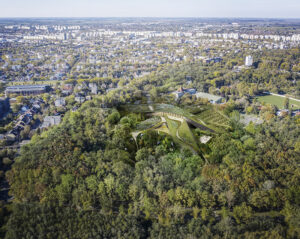
Designing with Nature: BIG’s Vision for the Hungarian Natural History Museum
Aerial view of the Hungarian Natural History Museum, architectural rendering created by Bjarke Ingels Group Designing with Nature: BIG’s Vision for the Hungarian Natural History
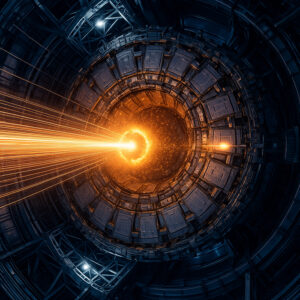
Turning Lead into Gold: The Real Alchemy at CERN
Picture of the ALICE detector, Image Credit: CERN Turning Lead into Gold: The Real Alchemy at CERN In the hushed corridors of CERN‘s sprawling complex

France’s Theatrical Pavilion: Sensory Connections at Osaka 2025
France Pavilion at the Osaka World Expo 2025 © Coldefy & CRA-Carlo Ratti Associati, Photo credit © Julien Lanoo France’s Theatrical Pavilion: Sensory Connections at
Articles
Architecture &Design

Designing with Nature: BIG’s Vision for the Hungarian Natural History Museum

A New Sun Rises: Lithuania’s Science Island Museum Redefines Architectural Innovation

France’s Theatrical Pavilion: Sensory Connections at Osaka 2025

Google and Lachlan Turczan Transform Light into Matter at Milan Design Week 2025

Between Seas and Skies: Bahrain’s Wooden Testament at Expo 2025

Powering the Moon: The Lunar South Pole Solar Tower

Reimagining a Legacy: Foster + Partners Presents Vision for New Manchester United Stadium

Redefining Urban Space: Heatherwick Studio’s Visionary Transformation of Louisville’s Belvedere

A New Cultural Icon for Kosovo: BIG and ALB-Architect Reveal a Fluid, Photovoltaic Opera House in Prishtina

Zaha Hadid Architects to Design Nikola Tesla Museum in Belgrade, Serbia

Xi’an’s New Landmark: Heatherwick Studio Blends Vertical Gardens with Traditional Tilework

Riyadh Metro: A Paradigm Shift in Urban Mobility

Mars Dune Alpha: Pioneering a New Era of Space Architecture

Singapore’s Vertical Garden: CapitaSpring Wins World’s Best High-Rise

DATALAND: The World’s First AI Art Museum Set to Open in Los Angeles
Art

Sculpted Spirit: Chris Wilson’s Natural Poetry in Wood

Mountain Mists in Dreams: Li Wei Chen’s Artistic World and Spiritual Journey

Glass Beyond Time: Stephen Pon’s Human Odyssey

Reflections of the Soul: The Art of Kuo, Hsin-i

Dragon’s Tender Whispers: The Artistic Journey of Junko Umemiya

Taiwan’s Emerging Artist Julia Hung: a Dynamic Perspective on Multicultural Art

Vanessa Barragão: The Fusion of Textile Art and Environmentalism

Harmonizing Art, Nature and Mathematics: The Captivating Kinetic Sculptures of Reuben Margolin

The Sublime Nature Beauty Portrayed by John MacDonald

A World “Neither Here nor There” as Portrayed by Nathan Walsh

DRIFT’s Performative Installations that Connect to Nature

A Pure Pursuit of Harmonious Coexistence with Nature by Sculptor Christian Verginer

The Dancing Iris by Ingrid Elias

Tachiki Yoshie’s Exquisite Flora Art

The Ornate Woven Landscape by Taiwanese Artist, Lee Chen-Lin
Photography

Primal Resonance: Wildness and Fragility in Marco Gaiotti’s Photography

Vegard Aasen: Weaving Light and Wilderness Through the Art of Photography

From Alpine Peaks to Arctic Vistas: Roberto Sysa Moiola’s Odyssey Through Light and Landscape

A Journey from Southern Italy to Scotland’s Ancient Woodlands: Fortunato Gatto’s Dialogue with Nature

The Sky is Her Canvas: Joanna L. Steidle’s Journey to Redefining Drone Photography
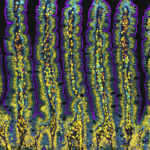
The Art of the Invisible: How One Scientist’s Failed Experiment Captured the Hidden Beauty of Life

Orchestrating Ephemeral Moments: The Transcendent Vision of Jiří Hřebíček in Contemporary Wildlife Photography

Capturing Change from Above: The Aerial Vision of Photographer Nilmini De Silva

Stargazer Extraordinaire: Gary Lopez’s Fusion of Art and Astrophotography

The Ethereal Beauty of Deception: Georgina Steytler’s “March of the Spider Orchids”

The Microscopic Muse: Wim van Egmond’s Remarkable Journey in Art and Science




Through the Lens: Ju Shen Lee’s Journey to Document the Beauty and Bonds in South East Asia
Artisan & Craft
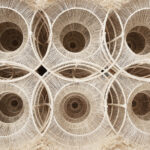
Cyclical Embodiments: Wanbing Huang’s Rhythmic Creations

Polly Adams Sutton’s ‘Ebb Tide’: A Masterpiece of Contemporary Basketry

The Fascination of Bamboo Art: An Interview with Taiwanese Bamboo Artist Ching-Ke Lin

Tatami Reimagined: The Creative Journey of the Tatami ReFab Project

Unique Furniture Designs Combine Simplicity with Functionality by Deniz Aktay

From Wall Hanging to Tableware – The Appeal of Washi

Garri Dadyan, A Virtuoso of Metal Work
Ceramics, Glass, Pottery & Clay Arts

The Breath of Form: Life Imagery in Zsolt József Simon’s Ceramics
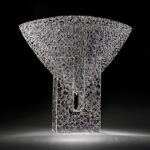
Refracting Brilliance: The Glass Artistry of Brent Kee Young

Sculpting the Void: Ken Eastman’s Journey Through Form and Emptiness

Fostering Aesthetic Elegance: The Visionary Glass Art of Jiyong Lee

Curtis Benzle’s Artistic Voyage: Refining the Elegance of Colored Translucent Porcelain

The Breathtaking Scientific Glass Art Of Bernd Weinmayer

Mesmerized Wonders of Yuan-te Wang’s Ceramic Art

Paradigm of Perfection – Inaba’s Ceramics

“Kutani” Ware’s New Look By Kazuyoshi Kitamura

The Unyieldingly Talented Alberto Bustos

Richard Satava, World Renowned Hand-blown Glass Artist

The Alternative Worlds Created by J. Kowalczyk
Digital Art & Media Art

Digital Echoes: The Phygital Landscapes of Dan Hoopert

Kahori Maki: Motion’s Muse and the Depth of Multi-Dimensional Artistry
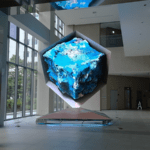
Nature, Data, and Art: The Innovative Fusion in Claude Studio’s Media Artistry

Kathrin Federer’s Mesmerizing Digital Art
Community

Meet a Few of the Heroes behind the Marin County Genealogical Society

Guardians of Wild Birds in Marin, CA

How I Captured Mail Thieves
Conservation & Sustainability


Revolutionizing Chemistry: A New Frontier in Sustainable Innovation

Breaking the Forever Chain: A New Hope for PFAS-Free Water

Bacteria-Powered Plastics: A Breakthrough in Thermally Stable and Biodegradable Polymers

Israeli Scientists Utilize CRISPR Technology for Sustainable Farming: Advancing Towards Water-Saving Tomato Cultivation

Dr. Marco Contardi: Pioneering Coral Protection Research with Curcumin
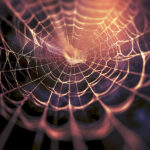
Major Breakthrough in Synthetic Spider Silk Fabrication Made by Dr. Fuzhong Zhang

“Rootfull” Design by Zena Holloway

Nature Inspired Biomimicry Design by Lilian van Daal


The Importance of Preserving Ancient Trees by Dr. Gianluca Piovesan

CCILU, the Forefront of Sustainable Shoe Making
Food & Health

Harnessing AI to Revolutionize Dementia Diagnosis with EEGs by Researchers at Mayo Clinic

Sea Cucumbers: A Promising Natural Solution for Diabetes Prevention and Management by Dr. Permal Deo

“Feed Your Brain” and “Feed Your Brain Cookbook“- Books on How to Nourish Your Brain by Dr. Delia McCabe

Chocolate Artistry by Luis Amado

Creating the Foodloose ‘Silk Road’ between the West and the East

Meera Cooks Nourishing Delicious Food
History & Prehistory

Ancient Wisdom, Modern Solutions: How Maya Reservoirs Inspire Sustainable Water Management

The Mystery of the ‘Wheel of Ghosts’: Ancient Observatory or Something Else?

Echoes of Time: Unveiling the Sonic Tapestry of Ancient Finnish Rock Art

Ancient Insights: Unveiling the Mysteries of Rock Art in the Colombian Amazon

Sima Qian and Beyond by History Professor Grant Hardy

The Pacific Squadron of Imperial Russian Navy at San Francisco in 1863
Literature & Music

Special Dedication from Chener Cherry Yuan
![[Emily Dickinson’s manuscript of Because I Could Not Stop for Death; Pinterest]](https://ournarratives.net/wp-content/uploads/2020/09/1-1-150x150.jpg)
Because I Could Not Stop for Death (479) ~ Emily Dickinson (1830-1886)

Pilgrimage to Emptiness in Tang Poetry
Medicine

Starving Cancer: How Engineered Fat Cells Could Revolutionize Treatment
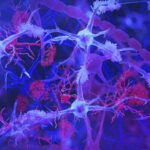
Gut Virus Linked to Alzheimer’s: New Research Highlights a Surprising Brain-Gut Connection
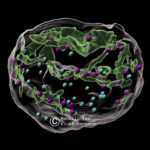
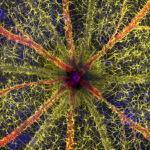
A Glimpse into the Microcosm: Hassanain Qambari’s Visionary Triumph in Nikon Small World Competition

Revolutionizing Regenerative Medicine: Dr. Kristopher Kilian’s Breakthrough with Trpzip Hydrogel

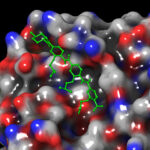
ERX-41, A New Paradigm for Cancer Treatment by Dr. Jung-Mo Ahn

Dr. John Sayer’s Discovery of TULP3-related Ciliopathy, A Breakthrough in Gene Medicine
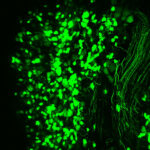

Interview with Dr. Trounce, Director of Stanford Biosecurity

Andrew Hessel and His Creation
Philosophy

Riding the Waves of Change An Introduction to the I Ching

The Patterns of Life
Science

The Picasso of Snails: Art in Nature’s Smallest Forms

Turning Lead into Gold: The Real Alchemy at CERN
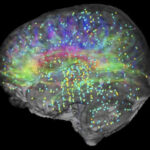


Life Signals? JWST Discovers Key Biosignatures in the Atmosphere of a Distant Planet

The Microcosm Within: Inside the Groundbreaking MICrONS Brain Mapping Project
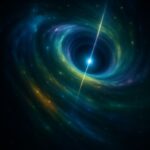
From Black Holes to White Holes: A New Vision of Cosmic Time

Brewing Intelligence: The Robot Barista Ushering in an Era of Adaptive Machines

Friction’s Electric Promise: Dr. Ignaas Jimidar on Powering the Future

Innovative Battery Electrode Made From Tin Foam: X-Ray Imaging Reveals Internal Evolution

Eight Arms, Infinite Motion: Unraveling the Octopus’s Extraordinary Dexterity

The Quantum Cipher: When Light Becomes the Unbreakable Lock of Tomorrow’s Digital Fortress

The Deep-Sea Revelation: KM3NeT Detects the Most Energetic Neutrino Ever Observed

When Quantum Meets Classical: A New Era of Internet Communication

Smart Crystals Draw Inspiration from Desert Life to Revolutionize Water Harvesting
Travel

Northwest Loop Trip, China

All White in Wulan Butong, Inner Mongolia, China

{My China Trips} Mt. Huashan Trip

North Yellow Mountain ~ Baishi Mountain
Get In Touch
We would like to hear from you.
